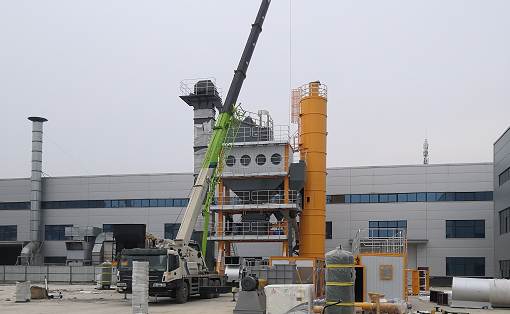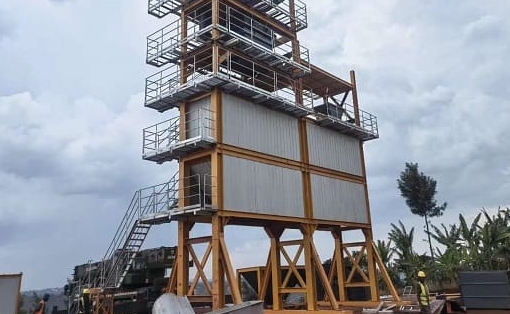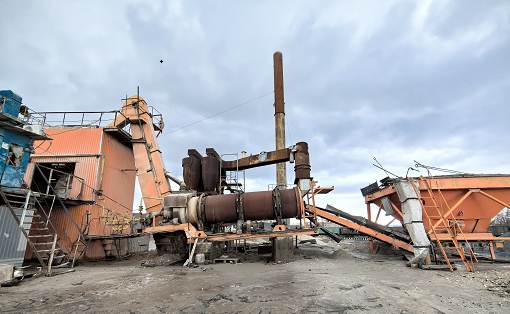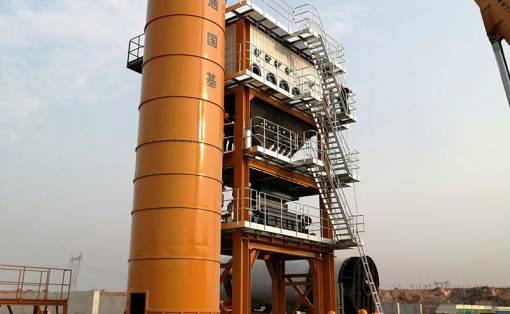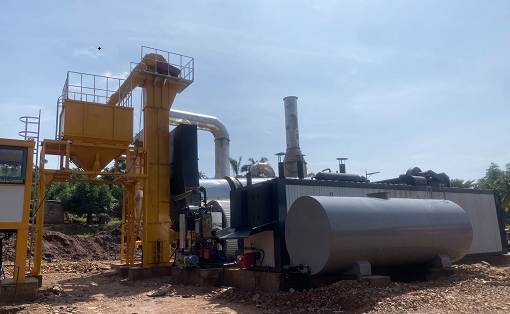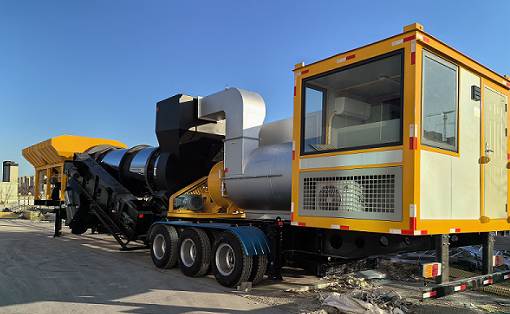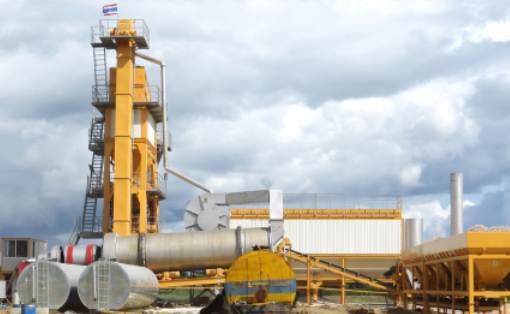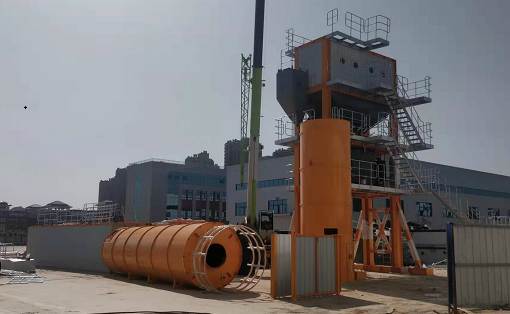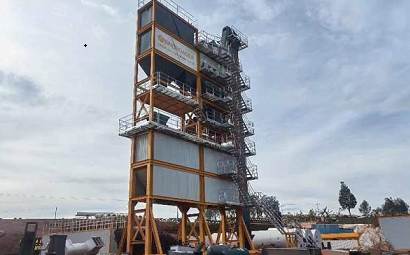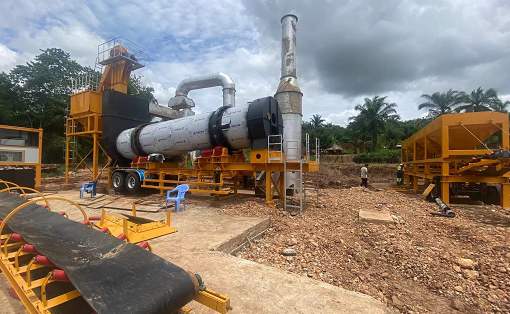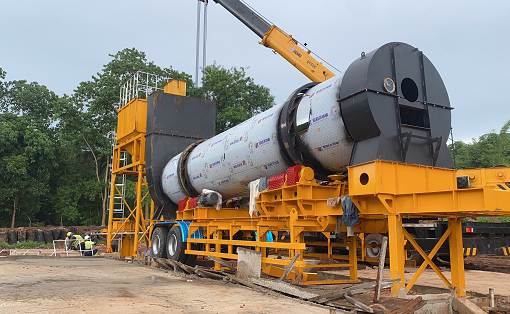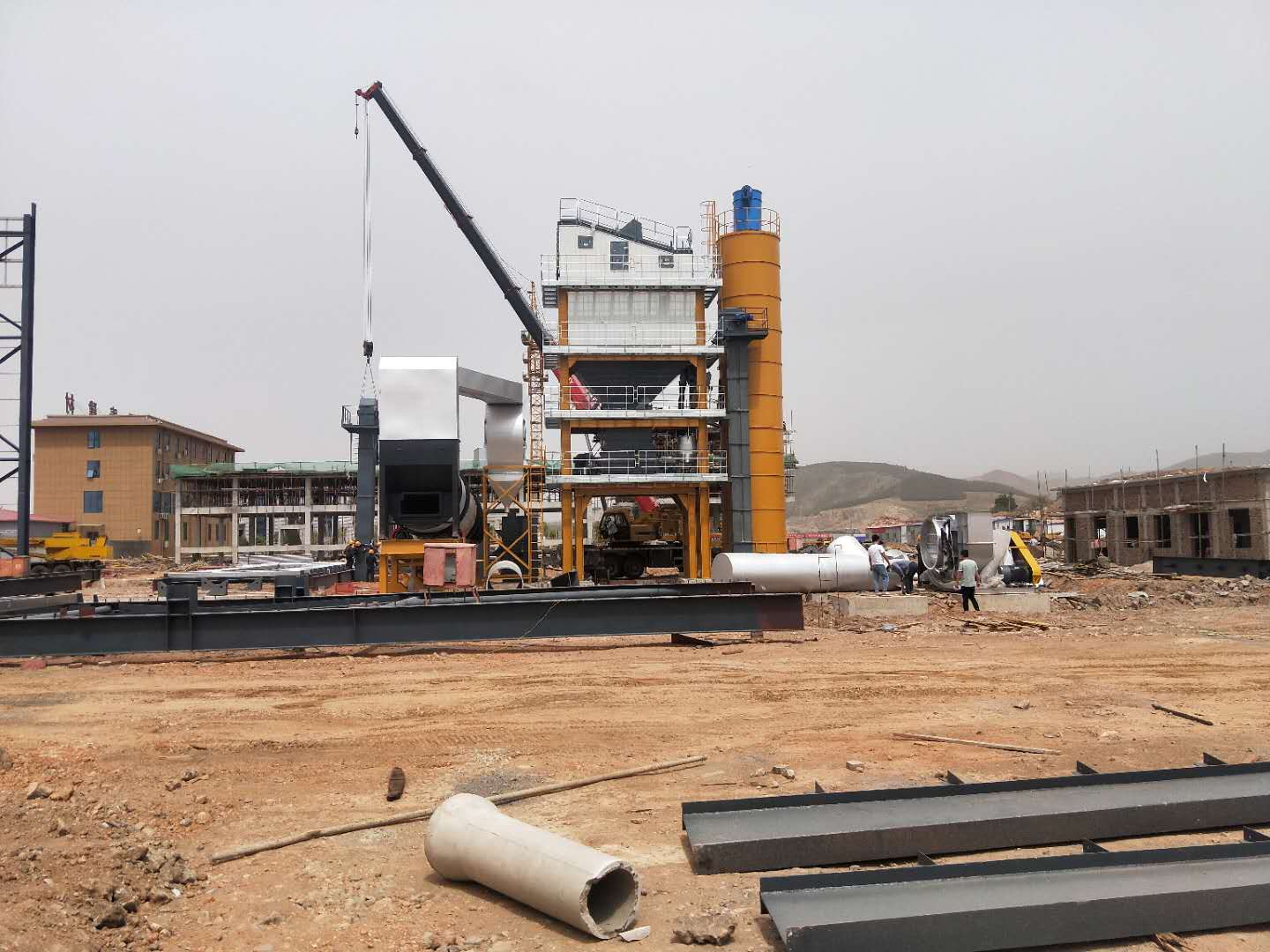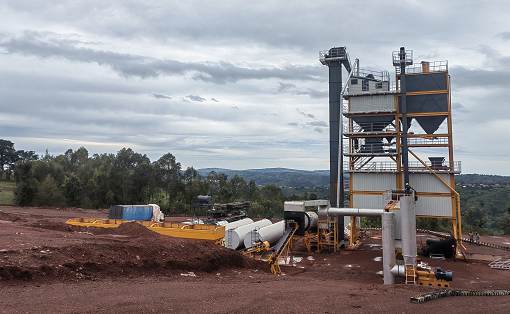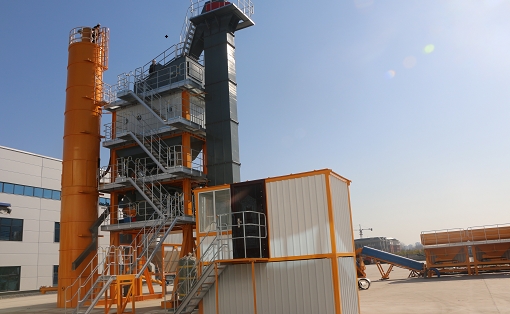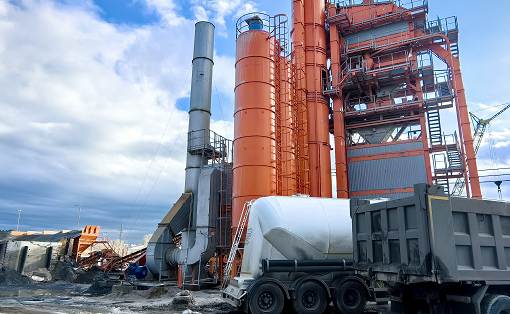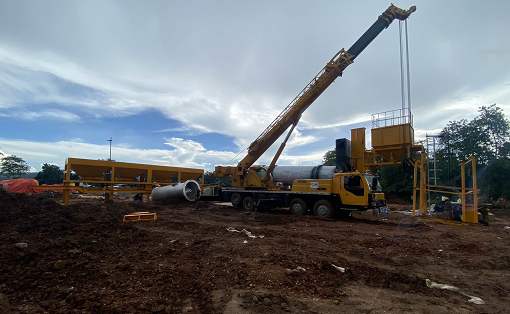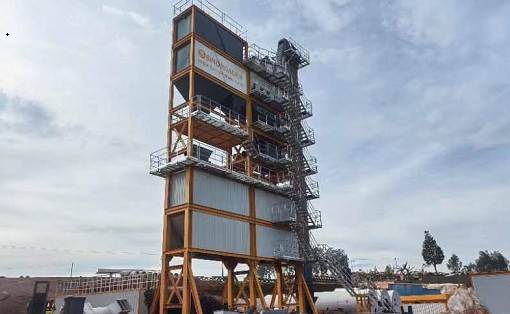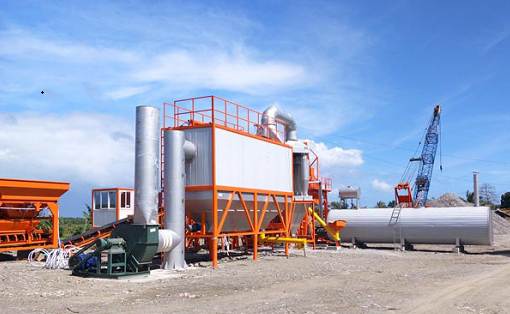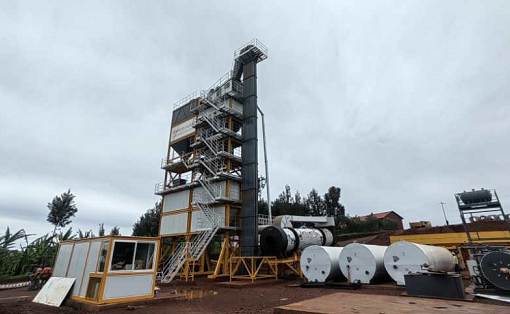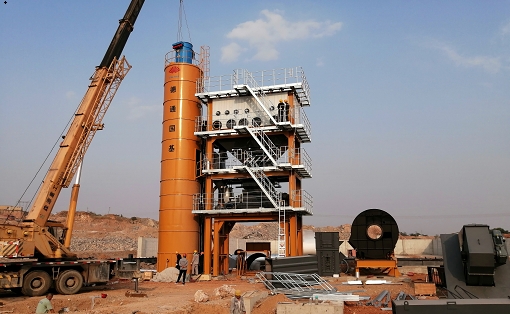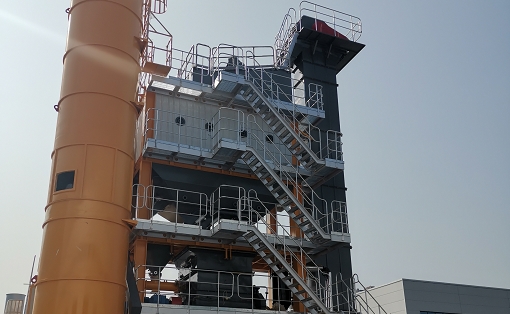Commonly used accessories and equipment for asphalt mixing plant equipment and the reasons for screen blockage
In today’s road construction, the use of a large number of road construction machinery represents the entry into the era of highway mechanization. For users, the goal is to use road construction machinery reasonably and tap its potential as much as possible. However, road construction machinery requires various accessories to work together. Now let’s take the asphalt mixing plant as an example to see what commonly used accessories and equipment are available.
Asphalt mixing plant equipment is a relatively complex system, which includes many equipment, mainly nine parts, namely: bag dust removal, finished material temporary storage warehouse, grading machine, fast heating asphalt tank, asphalt barrel removal machine, asphalt recycled material crushing and screening system, coal block crusher, coal mill and dust removal equipment, etc.
In today’s road construction, the use of a large number of road construction machinery represents the entry into the era of highway mechanization. For users, the goal is to use road construction machinery reasonably and tap its potential as much as possible. However, road construction machinery requires various accessories to work together. Now let’s take the asphalt mixing plant as an example to see what commonly used accessories and equipment are available.
Asphalt mixing plant equipment is a relatively complex system, which includes many equipment, mainly nine parts, namely: bag dust removal, finished material temporary storage warehouse, grading machine, fast heating asphalt tank, asphalt barrel removal machine, asphalt recycled material crushing and screening system, coal block crusher, coal mill and dust removal equipment, etc.
During the construction of the asphalt mixing plants, there will definitely be some problems. One of the problems is that we found that in the production process of asphalt asphalt mixtures, stones often block the sieve holes of the screen. Therefore, the stone chips that should have entered the No. 1 bin (small bin) will enter the No. 2 bin or the No. 3 bin due to the blockage of the sieve holes of the vibrating screen on the small bin. If this continues, it will seriously affect the mix ratio of the entire mixture, causing the quality of the mixed asphalt products to fail to meet the requirements, and ultimately resulting in the road surface paved on the road still needing to be reworked and milled.
So, why do the sieve holes of the asphalt mixing plant become blocked? After our analysis, the main reasons are as follows:
The first reason may be that the sieve holes selected during design or manufacturing do not meet the production needs. When some relatively large stone chips appear on the vibrating screen of the asphalt mixing plant, they cannot pass through the sieve holes, causing the sieve holes to be blocked.
The second reason is that if the sieve holes meet the commonly used specifications, then it may be that a large number of stone particles close to the critical size of the sieve holes of the vibrating screen of the asphalt mixing equipment appeared during the production process. Or it may contain more needle-like stones.
The third reason may be that the diameter of the steel wire of the woven screen is too thick. Therefore, it is better to choose good steel wire, which is both wear-resistant and tough, and can effectively improve the passing rate of the vibrating screen of the asphalt mixer plant and prevent blockage.


